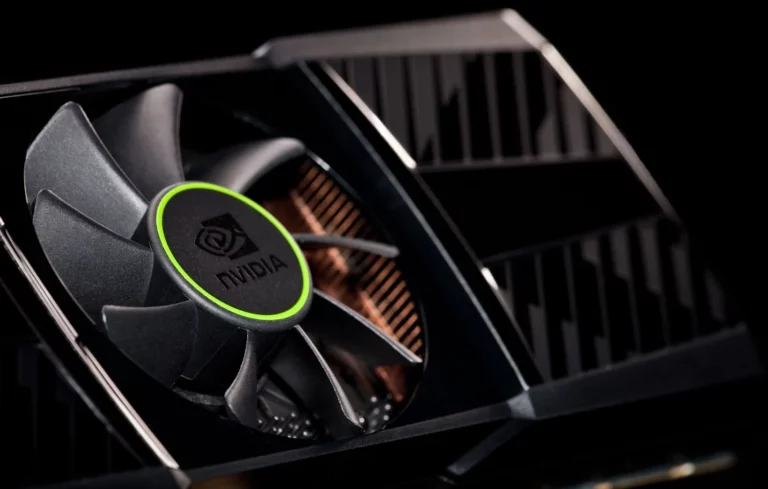Just a year ago, finding a new graphics card at its retail price was nearly impossible. Scalpers, crypto miners, and supply chain chaos turned GPUs into digital gold. Fast forward to today, and the situation has completely flipped. The world doesn’t have a GPU shortage anymore, and there is now a GPU surplus.
In its recent earnings report, Nvidia confirmed that the company’s financials are being hit by an oversupply of GeForce RTX 3000 series. CEO Jensen Huang admitted that Nvidia is dealing with “over-inventory” as it prepares for the launch of its next-generation RTX 4000 lineup cards, expected later this year.
To correct the imbalance, Nvidia will slow down GPU supply to partners and OEMs. By reducing the number of chips sent to board manufacturers and laptop makers, Nvidia hopes to give them time to sell off existing stock.
Huang explained that the company has “instituted programs to position our current products to prepare for next-generation products.” In other words, expect price cuts across current RTX 3000 models as Nvidia clears the channel before the RTX 4000 series hits stores. However, it will be up to distributors and retailers to decide how much of these savings reach consumers.
This oversupply problem has already appeared in Nvidia’s balance sheet. The company reported a $1.4 billion revenue shortfall last quarter, largely driven by less GPU demand from gamers. Even though total GPU sales over the past two years increased by 70% compared to pre-pandemic levels, demand has slowed faster than Nvidia expected.
Why GPU Demand Has Collapsed
A lot of factors have converged to cool the once red-hot GPU market. The global economy is slowing, and consumers are buying few PCs and hardware upgrades than they did during the pandemic peak. Gaming, which saw massive growth while people stayed home, has gone back to normal with businesses opened, and everyone is now back to busy work life.
The crypto market crash has also played a major role. With Ethereum’s switch to proof-of-stake, GPU-based crypto mining is no longer profitable at scale. The result? A flood of used cards hitting the resale market, and a massive drop in demand for new cards.
Nvidia’s Chief Financial Officer Colette Kress said that the company “cannot accurately quantify” how much of the gaming revenue decline is due to the collapse in crypto mining. That uncertainty isn’t new — Nvidia has previously faced scrutiny from the SEC over how it reported GPU sales due to mining demand.
What It Means for Gamers
For consumers, this reversal is good news. Prices for new and used GPUs have fallen back very quick, and you don’t have to pay double the MSRP to buy a graphics card. Even with the upcoming RTX 4000 series, the current RTX 3000 lineup is now easily accessible and still offers excellent performance for most gamers.
Though some players might decide to hang on a bit longer. Both AMD and Intel will release their brand new CPUs and GPUs, which should knock prices down even further over the next couple of months. Early adopters who are desperate for high frame rates & Ray Tracing performance might hold off until the new RTX 4000 & Radeon RX 7000 series hit the shelves.
But for anyone who still has an older GPU from the GTX 10-series or the early RTX 20-series, this is probably your moment. Prices are finally getting down to earth, stock is stable, and the next-gen hardware cycle starts all over again, and it will send the market off on a wild ride.
Nvidia’s current situation is a sharp reminder of how volatile the GPU industry has become. A storm of global shortages, crypto craziness, and supply chain bottlenecks sent GPU prices through the roof back in 2020 & 2021, and Nvidia is now paying the price for that – an inventory glut & falling margins (the opposite of what they had before).
Still, all this is a short headache rather than some long-term crisis. Nvidia is still on top in discrete GPU sales, and the RTX 4000 cards will likely generate a strong demand after their launch. But right now, Team Green is focused to get their prices in order & clear out some old stock without losing the excitement for what’s coming next.

